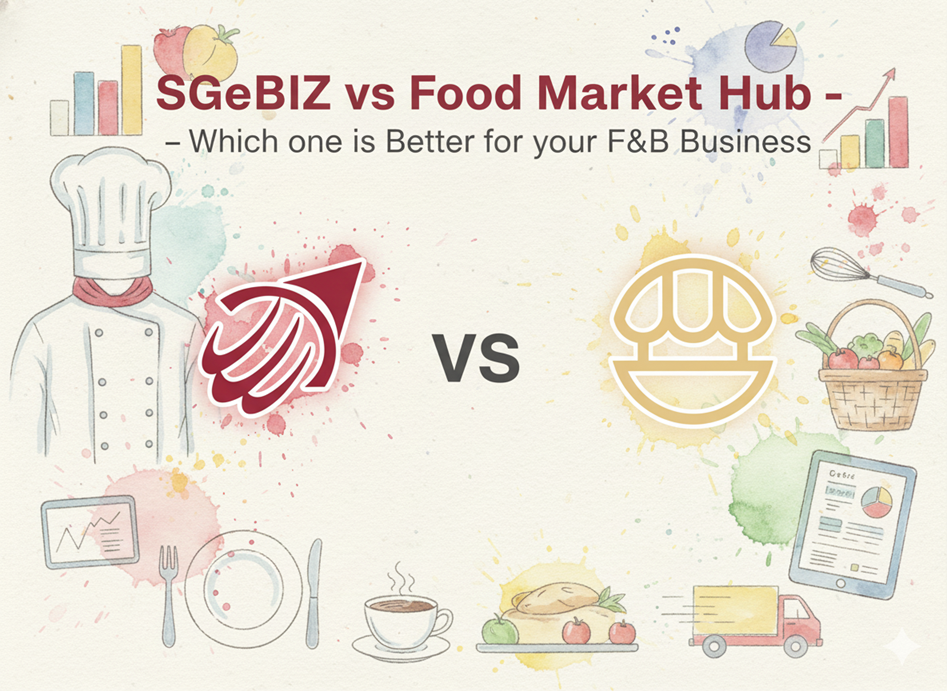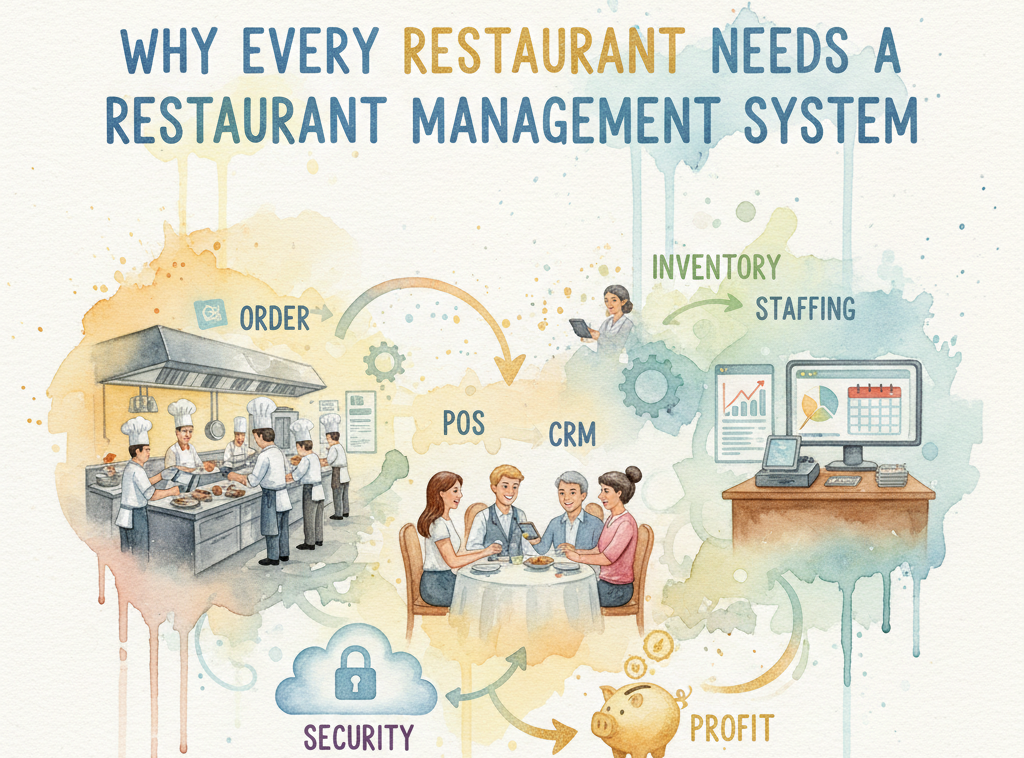Design Commercial Kitchens the Right Way

Commercial kitchens are typically built to produce large quantities of orders sold to the customers. They have the capacity to handle different types of food preparations due to their built-in appliances and essential equipment. When designed correctly, commercial kitchens can drive efficiency and help restaurateurs utilise space effectively.
Before starting a commercial kitchen of their own, aspiring restaurateurs should first enrich their knowledge. Read below for a thorough guide on commercial kitchens.
The seven principles of commercial kitchens:
1. Delivery
2. Storage
3. Food Prep
4. Cooking
5. Services
6. Dish Return
7. Cleaning
Understanding the basics:
1. Menu consideration

Understanding the menu offering is crucial in planning the layout of a commercial kitchen. This is as there is no fixed formula on how a restaurateur should arrange their commercial kitchen. Ultimately, it all comes down to the food that a restaurant plans to serve. Consider taking the opinions of the restaurant’s head chef as they are the most familiar with how the workflow goes - this is so that the kitchen layout can be optimised according to the restaurant’s menu.
2. Knowing the equipment needed
.jpeg)
After thoroughly understanding the restaurant’s menu, a list of commercial kitchen equipment can then be made. Knowing exactly what appliances are needed to prepare the meals will make the planning process all the more efficient. Commonly, the essential equipment for commercial kitchens includes; ovens, frying vats, freezers, stovetops, large commercial sinks and dishwashing machines.
3. Space measurement
.jpeg)
It is of the utmost importance to know exactly how much space is needed for a commercial kitchen to run successfully. Take a look at the size of the larger equipment first, and precisely calculate how such machinery can fit into your kitchen. Smaller appliances (that tend to be portable) can come into consideration much later on.
Carefully planning the measurements will certainly ease a restaurant’s operations in the long run, preventing any mishap caused by insufficient space to happen. Keep in mind that windows, doors, and electrical outlet placement should also be part of your measurement plan.
4. Layout selection
Choosing the right configuration for commercial kitchens is one of the most crucial decisions. Several options of layout designs can be found such as;
- Open Kitchen
.jpeg)
As its name suggests, the open configuration requires all or some parts of the Back of House (BOH) exposed to the customers. This will be the right option for restaurants that prioritise transparency, or perhaps simply to entertain diners with their skill and expertise in preparing the dishes. This concept , however, can be quite tedious as it requires maintaining a neat and organised kitchen at all times.
- Zoning
With a zone-based layout, each part of the kitchen is allocated strictly for a particular activity. Common zones that this style of kitchen uses include; prep, cooking, service and dishwashing. As each zone is designed for its function, all the equipment needed is also arranged accordingly. This saves a lot of time for kitchen staff from searching the entire kitchen in finding the right tool.
- Ergonomic design
.jpeg)
This layout plan includes organising the commercial kitchen with the sole purpose of making it comfortable for the staff to work, as they are required to make less movement to complete tasks. This would mean positioning the equipment and supplies within a short distance so that employees do not need to reach, crouch or walk from their stations to get what they need. By reducing movement, efficiency can be increased while minimising the probability of accidents.
5. Kitchen software
.jpeg)
Simplifying order management and sales report by adopting the point of sale (POS) and accounting systems should also be considered by restaurateurs. This also increases transparency and gives restaurateurs deeper insights into their business.
To streamline all back-end operations, utilise a state-of-the-art inventory management and procurement platform such as Food Market Hub. The platform helps restaurateurs to track their stock closely and help them place the correct amount of orders. Food Market Hub can integrate with the restaurant’s POS and accounting systems, allowing restaurateurs to properly track data and reduce the time for record-keeping by up to 60%.
Design the ultimate commercial kitchen
For restaurateurs that would like to know more about different types of kitchen options, why not read this latest article for a thorough guide on ghost kitchens?
To know more about Food Market Hub and the services offered, head to the official website.










